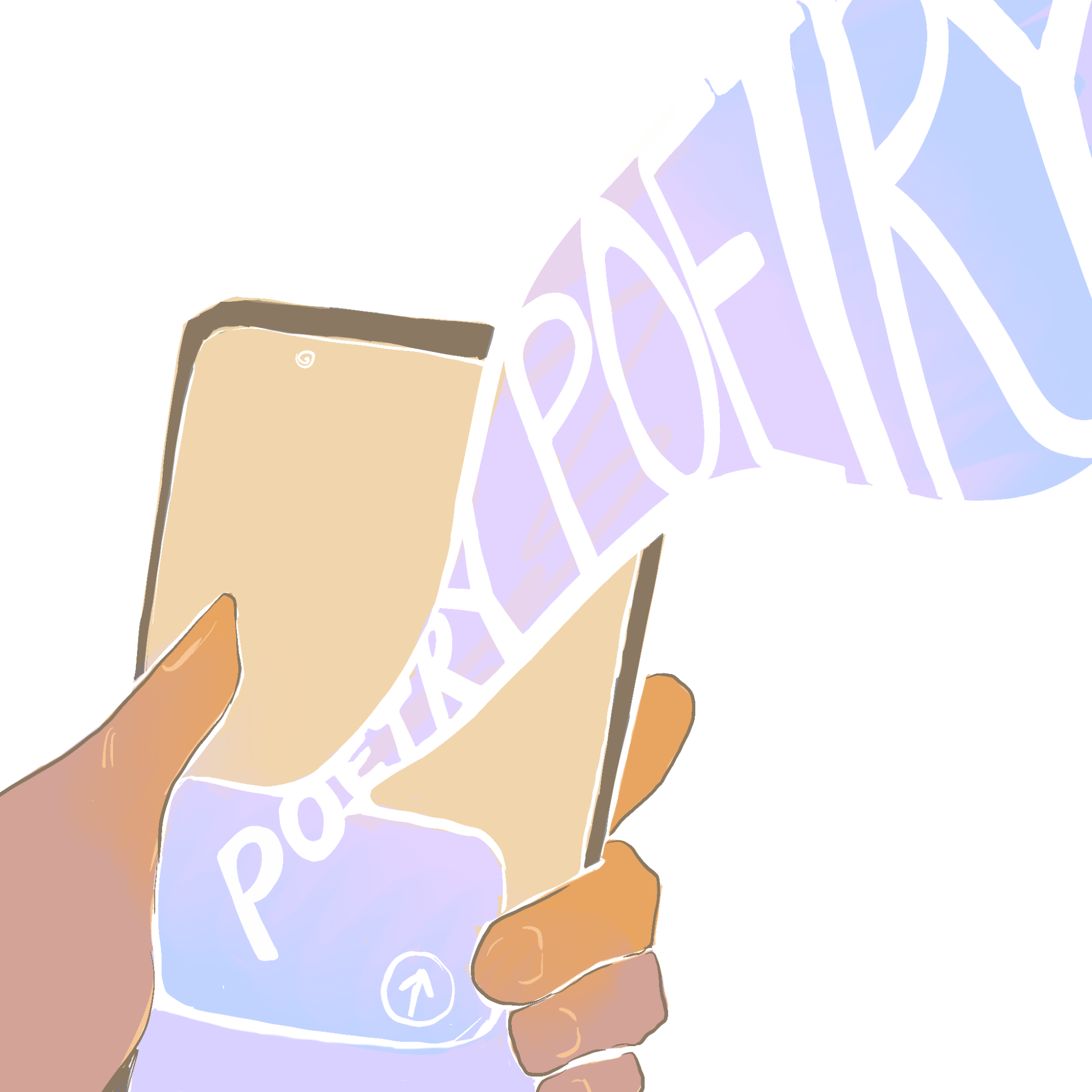In 2019, an article from The New Republic (an American media organization) awarded Rupi Kaur with the title “Writer of the Decade.” Her poems, most notably, the ones from her collection “Milk and Honey,” have gained her a mass social media following on Instagram. After her rise to fame, many have attempted to emulate similar forms of poetry on social media. This style of writing, consequently, has been dubbed “Insta-Poetry.” Of course, where there is popularity, there is negative and positive criticism. In Kaur’s case, many question whether or not her work is considered poetry.
As a student in an introductory poetry writing course at Case Western Reserve University, I can admit that whatever flimsy definition of poetry I had in mind before has, with every poem I have read in class, only become more muddled. However, one sentiment rings clear: poetry is hard to digest. It takes me multiple comb-throughs to even begin situating myself within a poem, and I often leave with more questions than answers. It takes time, critical thinking and, most times, further research into aspects like historical context and author biography for a poem to truly take shape within a reader’s mind. In other words, reading poetry often requires investment without an immediate return. Sun Paik, a writer for the Stanford Daily, agrees with this sentiment, saying that “a poem is a constant game of uncovering.”
Thus, the inherent attractiveness of Kaur’s work may be that it’s just … easier. After all, a lot of things that exist in life are hard to digest, whether that be our emotions, experiences or relationships. It’s understandable why many might turn to Kaur for leisure, so a reader doesn’t need to mull over a single phrase for fifteen minutes to learn something. But does this mean that Kaur’s work is surface level? And, furthermore, by making poetry more “simple” does Kaur make it more accessible?
Unfortunately, making something more accessible does not mean that it should be watered down. If I wanted to make piano more accessible, for example, I would still want a student to start on a physical piano, not from a piano app on their phone. Playing something on these two mediums is very different and grants completely different experiences. Rather than making the piano more accessible, I have completely changed my definition of what a piano is. And, although it might be unfair of me to dub Kaur as a piano app in a world of grand pianos, it’s still important to think about how Kaur is molding the definition of poetry through her work, for better or for worse.
Regardless of the uncertain poetic nature of Kaur’s work, one thing is true: her work caters to the masses of not just social media, but our current generation in a way that the works of others do not. And that might be a little bit concerning. Social media has shortened everything, including our attention spans, and it has now made its move on poetry as well. The New Republic’s statement that Kaur “understands better than most of her contemporaries how future generations will read” rings a bit more loudly now, perhaps as a warning.
At the end of the day, however, art is supposed to make us feel. And if her poetry makes a person experience emotion, good or bad, then it is art. But it is still productive to think about why this type of poetry connects with us and how the mediums through which it is conveyed changes the art form.



